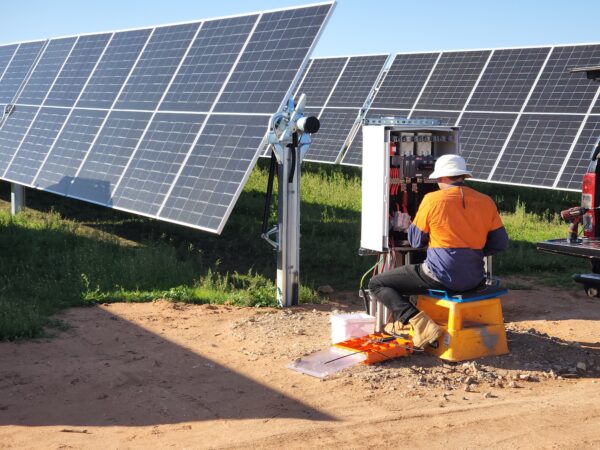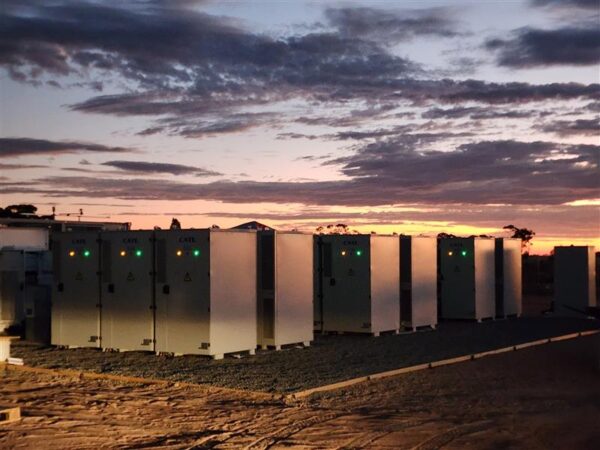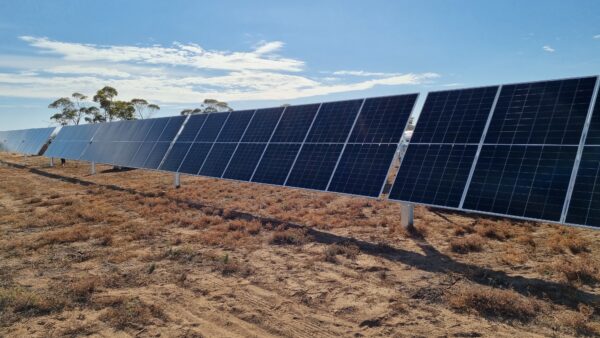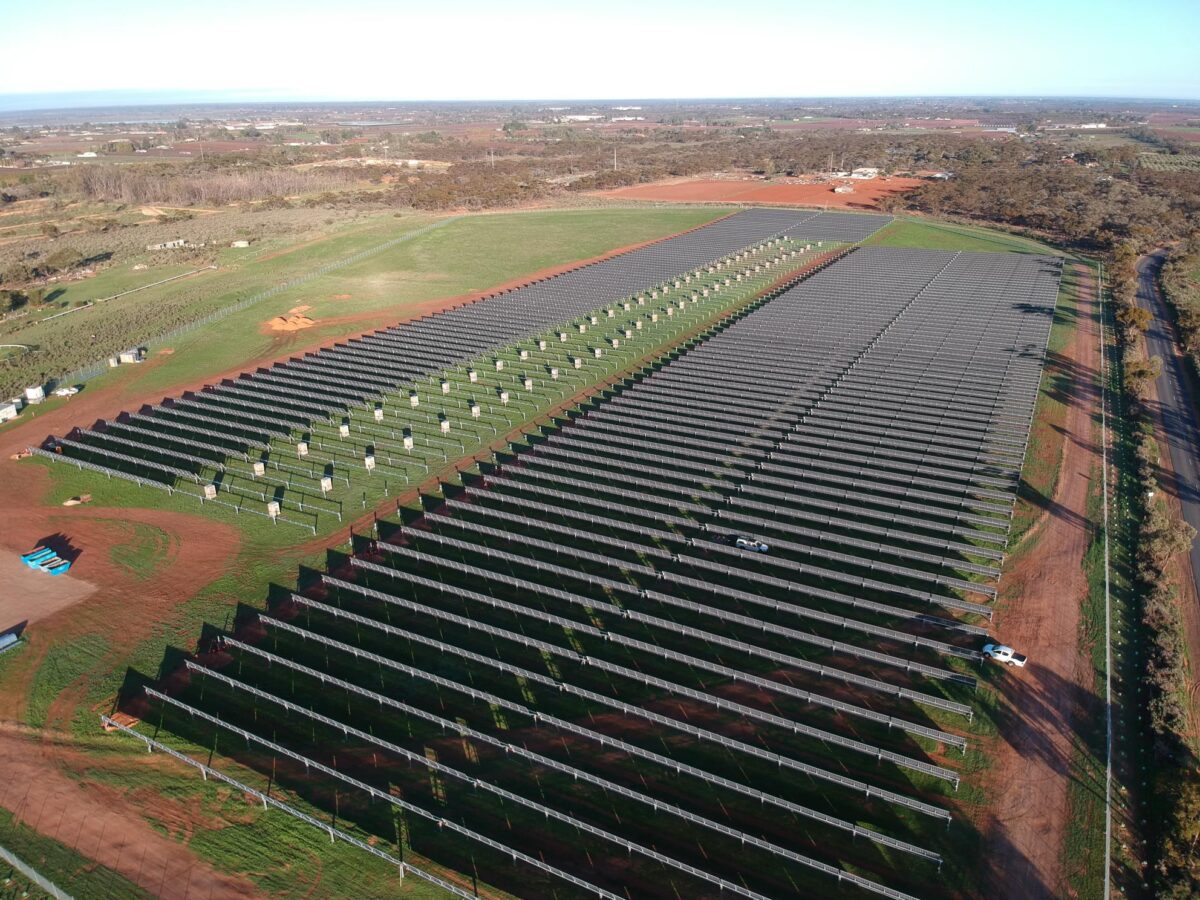Flow Power has traditionally retailed green energy to commercial customers and councils, but the company is now developing its own renewable projects, largely targeting the mid-scale solar segment, with three solar projects now in South Australia, two in New South Wales and another in construction in Victoria – the company’s second to include battery storage.
One of the first demonstrations of utility-scale DC-coupled storage in Australia, the newly operational Berri Energy Project is located on the northern bank of the Murray River northeast of Adelaide. It consists of a 5.8 MW solar farm coupled with a 6.7 MWh battery and uses SMA inverters, CATL battery, and Canadian Solar panels which are all integrated into Flow Power’s proprietary kWatch Controller – an energy monitoring and control box and software system.

DC-coupling
Flow Power chose to go down the more novel DC-coupled route as this technology is now becoming more accessible in Australia, COO Byron Serjeanston told pv magazine Australia. Working with Germany’s SMA, which recently introduced more DC-coupled tech to Australia, the route emerged as a more efficient solution both in terms of actual power and overall infrastructure, Serjeanston said.
In DC-coupled projects, the solar system and battery share the same inverter, meaning there is less power converting and just less stuff overall – making projects leaner and cheaper – though this means the battery is also restricted to acting just as a solar shifting device.
DC-coupling also offered advantages in project planning, Serjeanston said, as once Flow Power settled on the project’s inverter, it was able to start moving forward with the approvals process – finalising the storage design concurrently rather than beforehand. Since the project uses a single inverter, communicating with and responding to the network itself becomes easier, Serjeanston added.

This network responsiveness, however, largely comes through the kWatch Controller system – which essentially responds to market price signals and automates management of the system. The proprietary system was developed by Flow from a grant provided by the Australia Renewable Energy Agency (ARENA) in 2017.
Flow Power has installed its kWatch systems at all its own project sites, hundreds of customer sites, as well as at projects from which it offtake renewable energy. For customers, the system provides live data which can then be used to control any flexible demand loads, Serjeanston said. Currently, Flow Power has around 130 MW in this demand response portfolio.
Mid-scale strategy
In Australia, “mid-scale” projects between 1 MW to 5 MW are becoming increasingly popular as the smaller scale means developers can avoid Australia’s protracted and precarious grid connection processes, and planning approvals go through local rather than state governments . All of this means projects can be realised much faster. It is worth noting while the upper threshold is 5 MW for AC-coupled projects, this figure pushes up to 5.8 MW for DC-coupled projects, allowing the Berry Energy Project to fit into the fold.
Like a number of other developers in Australia, Flow Power is looking to fit its projects into this niche and aims to build around 50 MW of renewable capacity using this strategy – around 10 projects. So far, the company has five operational solar projects and a sixth in construction in Victoria – the Newstead community hybrid project. Newstead will be the company’s second storage project, after Berri. These projects are intended to supplement the nearly 450 MW renewable portfolio Flow Power has contracted.

This content is protected by copyright and may not be reused. If you want to cooperate with us and would like to reuse some of our content, please contact: editors@pv-magazine.com.









1 comment
By submitting this form you agree to pv magazine using your data for the purposes of publishing your comment.
Your personal data will only be disclosed or otherwise transmitted to third parties for the purposes of spam filtering or if this is necessary for technical maintenance of the website. Any other transfer to third parties will not take place unless this is justified on the basis of applicable data protection regulations or if pv magazine is legally obliged to do so.
You may revoke this consent at any time with effect for the future, in which case your personal data will be deleted immediately. Otherwise, your data will be deleted if pv magazine has processed your request or the purpose of data storage is fulfilled.
Further information on data privacy can be found in our Data Protection Policy.